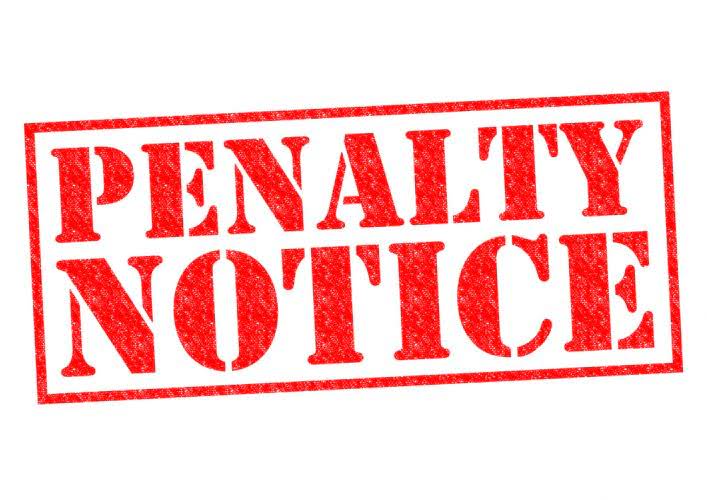
Below is a short video tutorial that goes through the four types of depreciation outlined in this guide. While the straight-line method is the most common, there are also many cases where accelerated methods are preferable, or where the method should be tied to usage, such as units of production. If there are changes in an asset’s useful life or salvage value, adjustments Accounting for Technology Companies must be made to the depreciation calculation. These changes should be accounted for in the year they occur, and the depreciation expense should be adjusted accordingly.
- If an asset’s book value falls below its salvage value during the depreciation process, adjust the depreciation expense in that year to ensure it doesn’t go below the salvage value.
- This results in depreciation being the highest in the first year of ownership and declining over time.
- You can connect with a licensed CPA or EA who can file your business tax returns.
- A factory invests $50,000 in machinery with an expected useful life of 10 years.
- As its name implies, the DDD balance method is one that involves a double depreciation rate.
- In the second year, the same rate is applied to the reduced book value, yielding a $2,400 depreciation expense.
- (An example might be an apple tree that produces fewer and fewer apples as the years go by.) Naturally, you have to pay taxes on that income.
Is double declining balance GAAP approved?
Using the DDB method allows the company to write off a larger portion of the car’s cost in the first few years. This higher initial depreciation aligns with the rapid decrease in the car’s value and the heavy use in the early years. Because the equipment has a useful life of only five years, it is expected to lose value quickly in the first few years of use. For this reason, DDB is the most appropriate depreciation method for this type of asset. Consider a widget manufacturer that purchases a $200,000 packaging machine with an estimated salvage value of $25,000 and a useful life of five years.

Everything You Need To Master Financial Modeling
We collaborate with business-to-business vendors, connecting them with potential buyers. In some cases, we earn commissions when sales are made through our referrals. These financial relationships support our content but do not dictate our recommendations. Our editorial team independently evaluates products based on thousands of hours of research. The carrying value of an asset decreases more quickly in its earlier years under the straight line depreciation compared to the double-declining method.
How Does the Double Declining Balance Method Compare Against Other Depreciation Methods?

When comparing an early accounting period to a later one, the double declining method has higher expenses earlier in the asset’s life. A disadvantage of the double declining method is that it is more difficult to calculate than the more traditional straight-line method of depreciation. Given the difficulty of calculation, this also means that it is easier to calculate the bookkeeping wrong amount of depreciation. Also, most assets are utilized at a consistent rate over their useful lives, which does not reflect the rapid rate of depreciation resulting from this method. Further, this approach results in the skewing of profitability results into future periods, which makes it more difficult to ascertain the true operational profitability of asset-intensive businesses.
How to Calculate Double Declining Balance Depreciation
- Straight-line depreciation is a very common, and the simplest, method of calculating depreciation expense.
- To illustrate the double declining balance method in action, let’s use the example of a car leased by a company for its sales team.
- First, calculate the straight-line depreciation rate by dividing 100% by the asset’s useful life.
- Additionally, any changes must be disclosed in the financial statements to maintain transparency and comparability.
- OneMoneyWay is your passport to seamless global payments, secure transfers, and limitless opportunities for your businesses success.
- It also aligns expenses with the asset’s usage and may reduce taxable income in the early years by front-loading depreciation.
To get a better grasp of double declining balance, spend a little time double declining depreciation formula experimenting with this double declining balance calculator. It’s a good way to see the formula in action—and understand what kind of impact double declining depreciation might have on your finances. Every year you write off part of a depreciable asset using double declining balance, you subtract the amount you wrote off from the asset’s book value on your balance sheet. Starting off, your book value will be the cost of the asset—what you paid for the asset.
Recent Comments